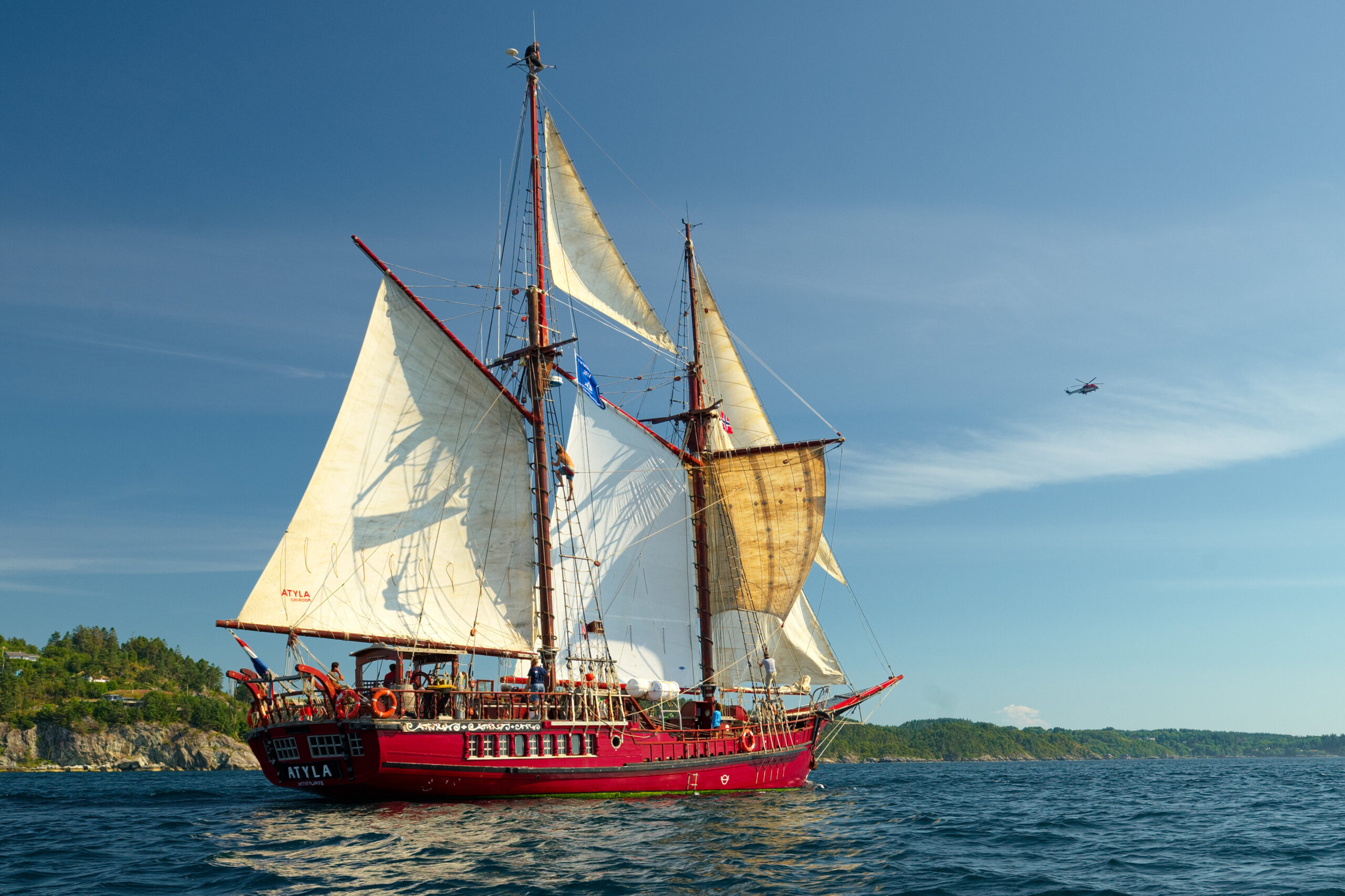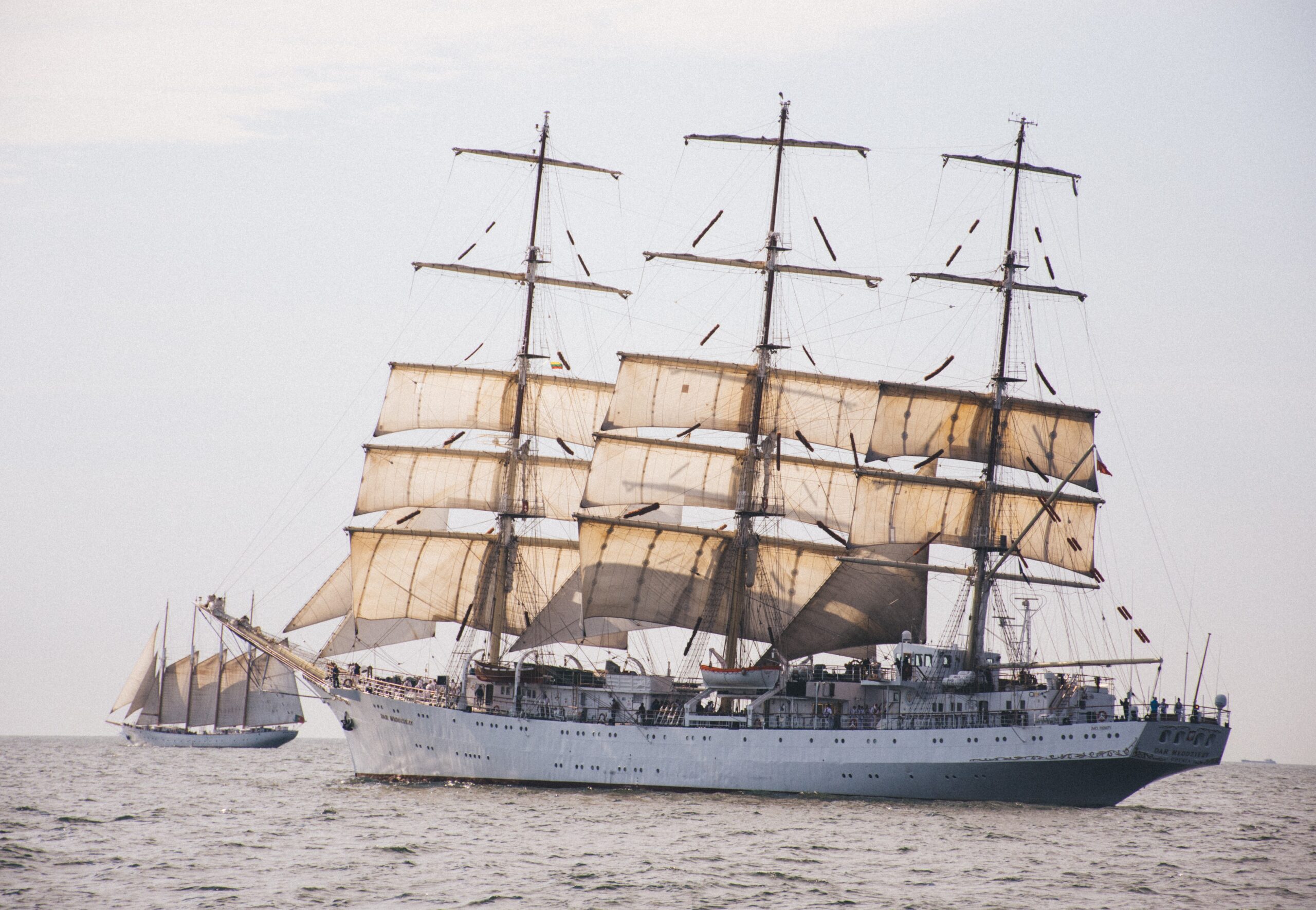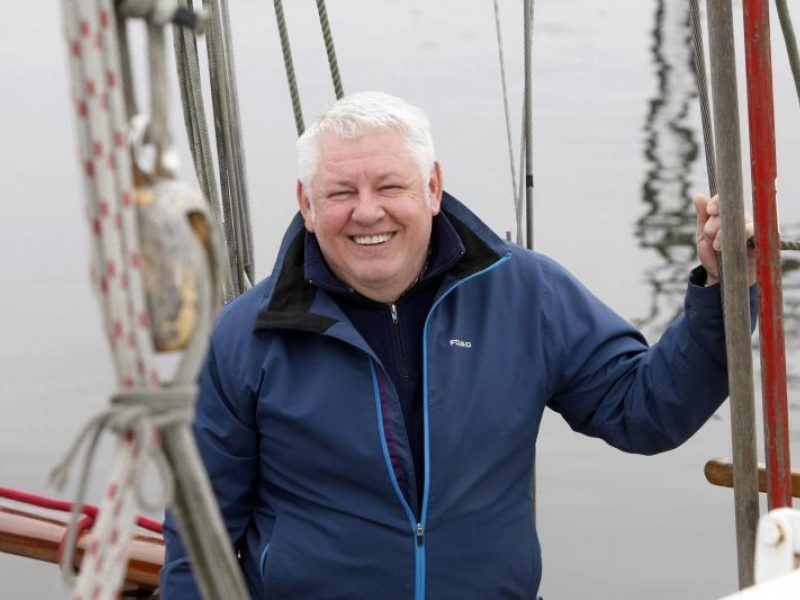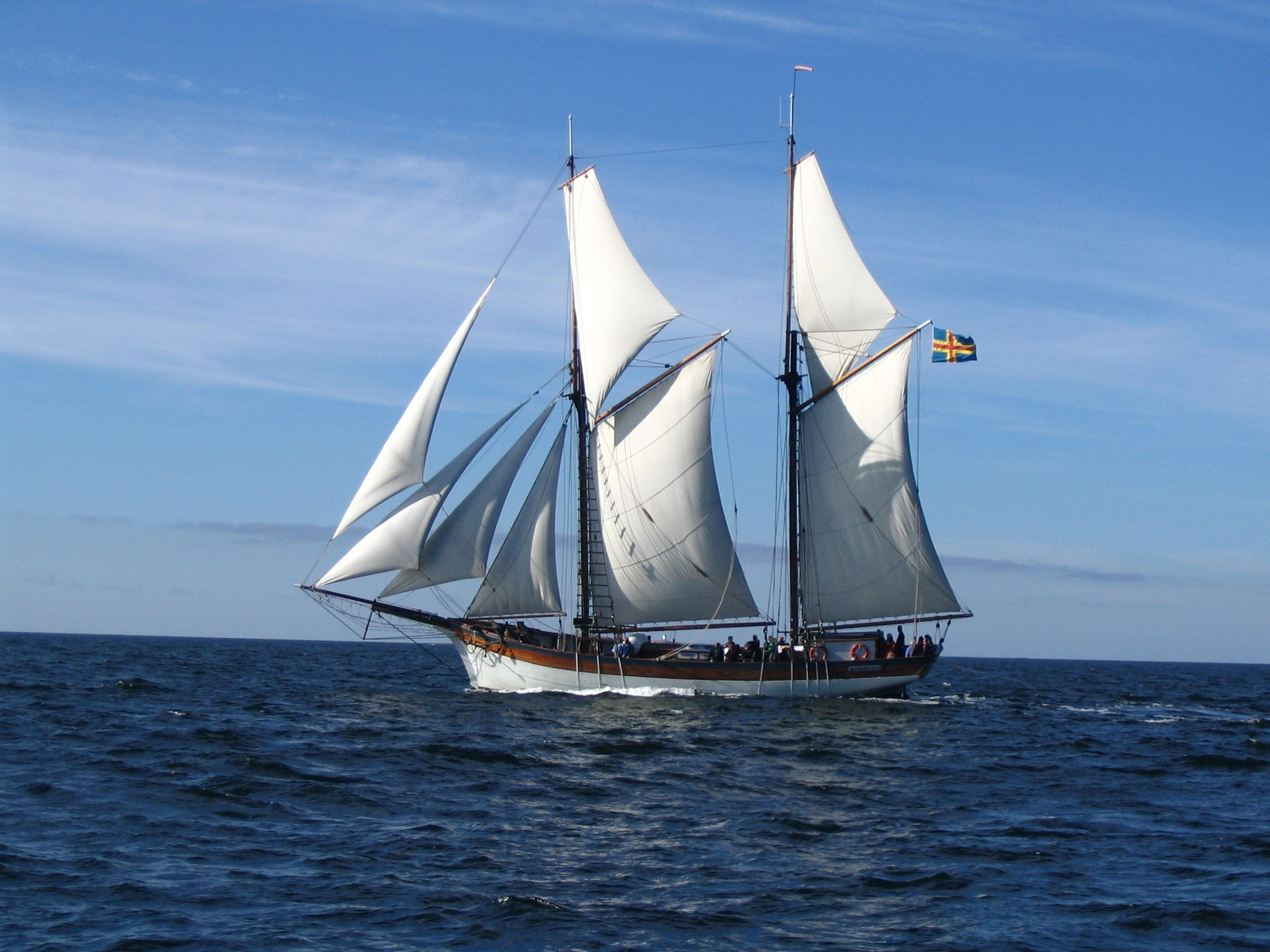- News
-
by Živilė Putnienė
Registration of the ships for The Tall Ships Races has been completed. After two French sailing ships canceled their participation, 44 ships chose Klaipėda as their direction. On June 27-30, the Lithuanian port city, accommodating the racing sailing ships, has a great responsibility to be the starting port, which will become an example for other cities receiving the participants of the race. This time the largest ship coming to Klaipėda is the Polish giant Dar Mlodziezy (Polish for Gift of Youth).
Two French ships were withdrawn after the registration
The sailing ships awakening the sea spirit that adorned Klaipėda four years ago are returning. Starting with the largest, with a length of more than 100 meters, ending with the very small, class D, ships will be moored at the quays of the Cruise Ship Terminal and the city of Memel, in the Castle Port, and on the Dangė River.
After the official registration of ships to Klaipėda as the starting port for The Tall Ships Races 2021 ended on May 1, application forms for 46 ship were received. True, just a day ago, the organizers of the event received information about the withdrawal of Belle Poule and Etoile, the French navy sailing ships. The registration of both class B ships was canceled due to the Covid-19 situation. According to the latest data, 44 ships of The Tall Ships Races will visit the Lithuanian port, five are categorized by class A, 11 are class B, 14 are class C, and 14 are class D.
A large number of ships has visited Klaipėda several times already. Class A ships that will call here for the first time are Fryderyk Chopin, Pogoria, Morgenster, and Tre Kronor Af Stockholm. Among the brightest and most anticipated ships is the newly registered Polish giant Dar Mlodziezy, with a length of 108.81 m, a height of 50.22 m and a draft of 7 m. The ship is a regular participant in various regattas.
Among the new ships not yet seen in Klaipėda is the Atyla, the Class B ship from Spain. Length of the ship is 25.00 m, height – 26.50 m.
The format of many of the statutory segments of The Tall Ships Races, such as marching of the participants, opening ceremony, sailing parade, sports competitions, will be clear only in June, when the pandemic situation in the country will be assessed.
The comfort of the ships is taken care of by special agents
Welcoming the sailing ships is not only a great honor, but also a responsibility for every port. Sailboats of international races and their crews in the receiving ports expect not only good quays, a great atmosphere, but also smooth reception operations, so the ship’s agent has a crucial role to play.
“The ship’s agent moors the ships, communicates with the quays operators, meets all the technical needs of the ship, such as refueling, gas, repairs and everything the ship may need. It is a responsible and uninterrupted work 24 hours a day. We also receive a lot of support and help from the Klaipėda State Seaport Authority, huge contribution of which guarantees the successful and smooth entry and exit of ships, and at the same time determines the success of the entire event,” says Violeta Ulevičienė, Project Manager.
The Limarko Group plays a unique role in mooring large class A ships. The prestigious maritime event is served by the Limarko Group company Limarko jūrų agentūra, UAB, which this time will agent five Class A and eleven Class B sailing ships.
The entire process of mooring and unmooring of ships will be coordinated by Mažojo laivyno akademija, UAB, which is headed by Valdemaras Vizbaras, a long-term participant of the sailing ship race and former captain of the Klaipėda University sailing ship Brabander.
“I have participated in The Tall Ships Races 12 times, so I understand the needs of captains better than anyone. I know that the only essential thing you care about when entering one port or another is the condition of the quays where your ship will have to be moored. When you arrive, you are always concerned about whether the quay is good or you do not need to take extra measures to avoid damaging the ship,” says Valdemaras Vizbaras.
Between class C and D ships, there is an exceptional case with the sailing ship Helena. Although according to the parameters of the ship, the sailing vessel should be classified as class A, the registration form indicates the ship class C. According to the official classification of sailing vessels, ships 40 meters and longer are classified as class A, while Helena is 39 meters long. According to the rules of Port of Klaipėda, all ships longer than 24 m must be accompanied by a marine pilot to the mooring place. This ship will be moored with large Class A sailing ships at the Cruise Ship Terminal.
Romantic professionals, romantic historians and romantic athletes
According to Captain Valdemaras Vizbaras, sailing is not only the cherishing of maritime culture, the romance of the sea, but pure and simple maritime religion. Looking back on years of sailing experience, the Captain states that strange, complex, or laughable stories remain in memory. As a complicated and rather comical story, V. Vizbaras distinguishes his visit to Aarhus (Denmark), when he had to moor at the old and dangerous quays. Moreover, the planned mooring place was near the flour warehouse, so when the wind was blowing towards the ship, the whole crew looked like millers.
As an exceptionally exemplary operation of the port, the Captain distinguishes Helsinki, when even ships moored three side by side left the port very smoothly. According to V. Vizbaras, the mooring was reminding a sports competition, when the ships were leaving the mooring places and moving towards the port gate at the exact scheduled time, without the slightest error.
Speaking about the categories of sailing ships, V. Vizbaras mentioned not only the official data, according to which the ships are assigned to one or another class, but also about those, which are not officially named anywhere. “Class A ship captains are truly professionals; it is a large, steady crew that always handles any challenge. Class B ships, many of which are historic and centuries-old ships, are more enthusiasts, where both the captain and the ship’s crew are true examples of maritime romance. Therefore, I would divide all sailboats and their crews into categories as follows – romantic professionals, romantic historians and romantic athletes,” says the Captain.
